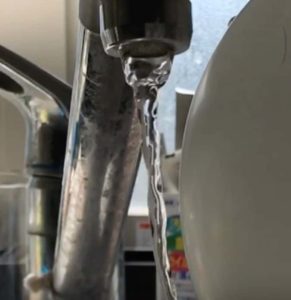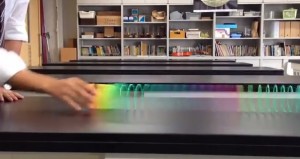The Earthquake Experiment: Watch Your Desk Turn to Quicksand!
I’m Ken Kuwako, a Science Trainer. Every day is an experiment.
What if the ground you’re standing on suddenly turned into a wobbly, pudding-like liquid? This is ‘Liquefaction,’ a phenomenon you hear about in earthquake news. The idea of the ground turning into a liquid sounds like something out of an sci-fi movie, but it’s a terrifying reality. However, textbook explanations often leave out the most crucial part: the ‘why?’
That’s why today, I’m introducing an amazing educational tool that solves the mystery of this phenomenon with just one bottle. Let’s recreate a miniature Earth right on your desk!
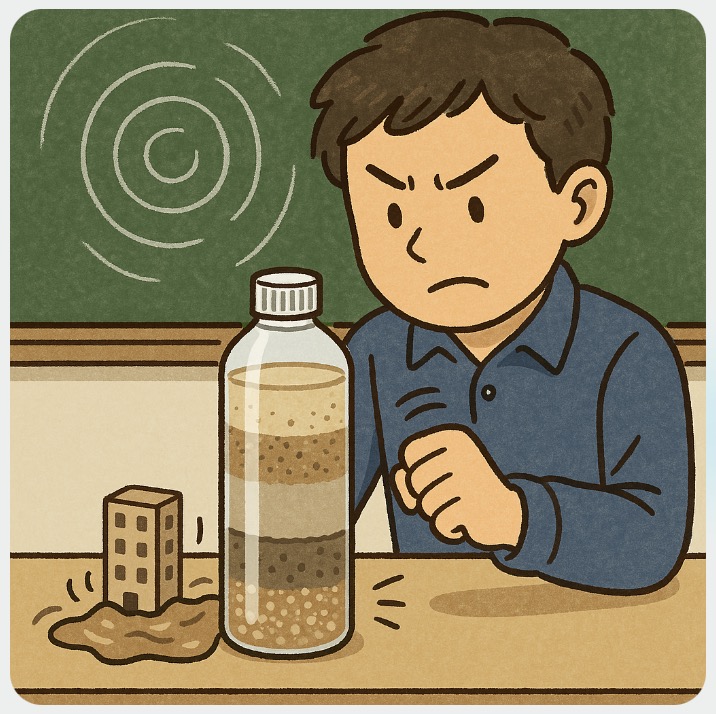
Liquefaction Experiment
What’s Happening Under Your Feet? Recreating Earth in a Bottle!
The teaching material we’re introducing today is Narika’s ‘Ekijocker’ (Soil Liquefaction Experiment Bottle). This uniquely named bottle brilliantly demonstrates what is going on right beneath our feet.
Inside the bottle are white and blue particles mixed with water. Just give it a good shake and let it sit for a while. As if by magic, the larger particles sink quickly, followed by the smaller ones, slowly layering up.
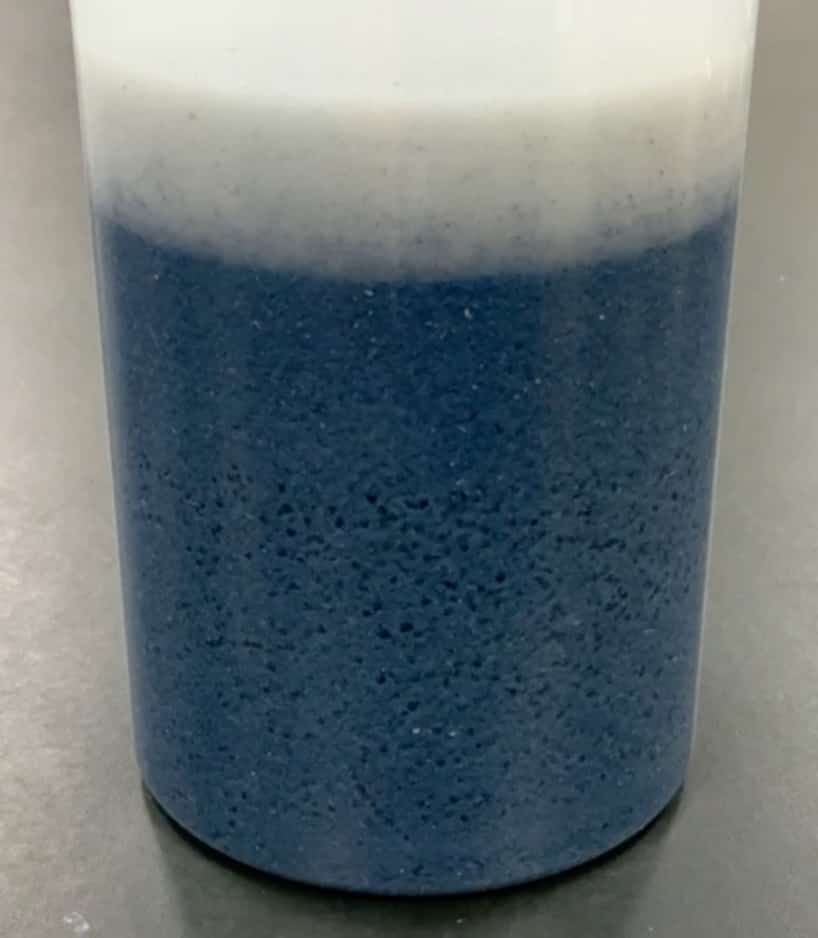
In no time, a ‘geological stratum’ is complete inside the bottle. Even this alone is a great science experiment, showing how sediment accumulates at river mouths and lake beds. But the real show of the ‘Ekijocker’ is about to begin.
Earthquake! Shake the Bottle and Trigger Liquefaction!
Once the layers are formed, it’s time for the main event. Let’s give the bottle an ‘earthquake’ shock.
[Experiment Procedure]
- Shake the bottle well to mix the particles inside.
- Place it on a desk and wait for the particles to settle, forming beautiful strata. (It takes just a few minutes.)
- Once the layers are formed, gently and continuously tap the side of the bottle with your finger. This simulates the ‘earthquake tremor’!
Now, what will happen to the layers inside? Watch the shocking moment in this video:
Surprisingly, as you start tapping, the previously stable layers collapse, and the sand inside erupts like boiling water. Then, the weight that was resting on top slowly starts to sink… This is exactly what liquefaction is.
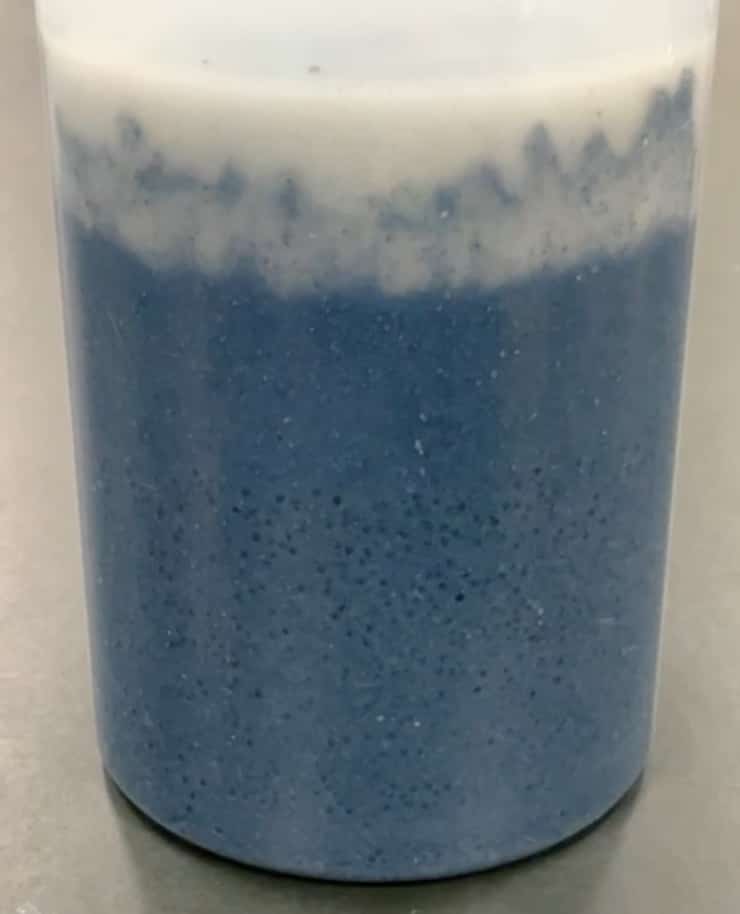
Why Does the Ground Turn to Liquid? The Invisible Hand of Water Pressure
So, why does a solid ground turn into a liquid just from a simple vibration?
The secret lies in the ‘water’ that fills the spaces between the sand particles. Normally, the sand grains in the ground are tightly interlocked, supporting each other and maintaining stability. It is these particles that securely support the weight of buildings.
However, when an earthquake tremor hits, the bonds between these particles are momentarily broken apart. At that very instant, the trapped water forcefully pushes the sand particles up from below. This is scientifically known as the ‘rise in pore water pressure’ (間隙水圧: kangeki suiatu).
Because of this intense water pressure, the sand particles end up floating in the water. The ground, having lost the structural support of the particles, is no longer solid ground, but literally ‘a liquid of sand and water.’ This is why heavy buildings sink, and conversely, lighter objects like manholes that were buried underground can float to the surface.
With this single teaching tool, multiple scientific concepts—the relationship between particle size and water drainage, the structure of geological strata, and the change in pressure due to vibration—are all connected into one cohesive understanding. Questions like ‘Why do the larger particles sink first?’ and ‘Does this really happen in a real earthquake?’ transform your students’ whys into deep learning moments. Why not give your understanding of science a little shake? This experiment will certainly give your disaster preparedness awareness a new perspective.
Inquiries and Requests
Let’s make the wonders and fun of science more accessible! We’ve put together easy-to-understand guides on fun science experiments you can do at home and tips for success. Feel free to search around!
For information on the operator, Ken Kuwako, click here.
For various requests (writing, lectures, science classes, TV supervision, appearances, etc.), click here.
Article updates are posted on X!
![]() We stream experiment videos on the Science Fun Channel!
We stream experiment videos on the Science Fun Channel!

